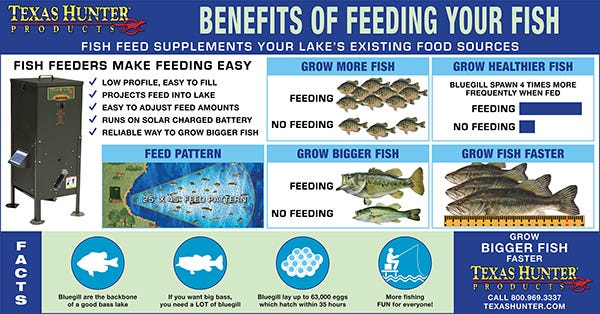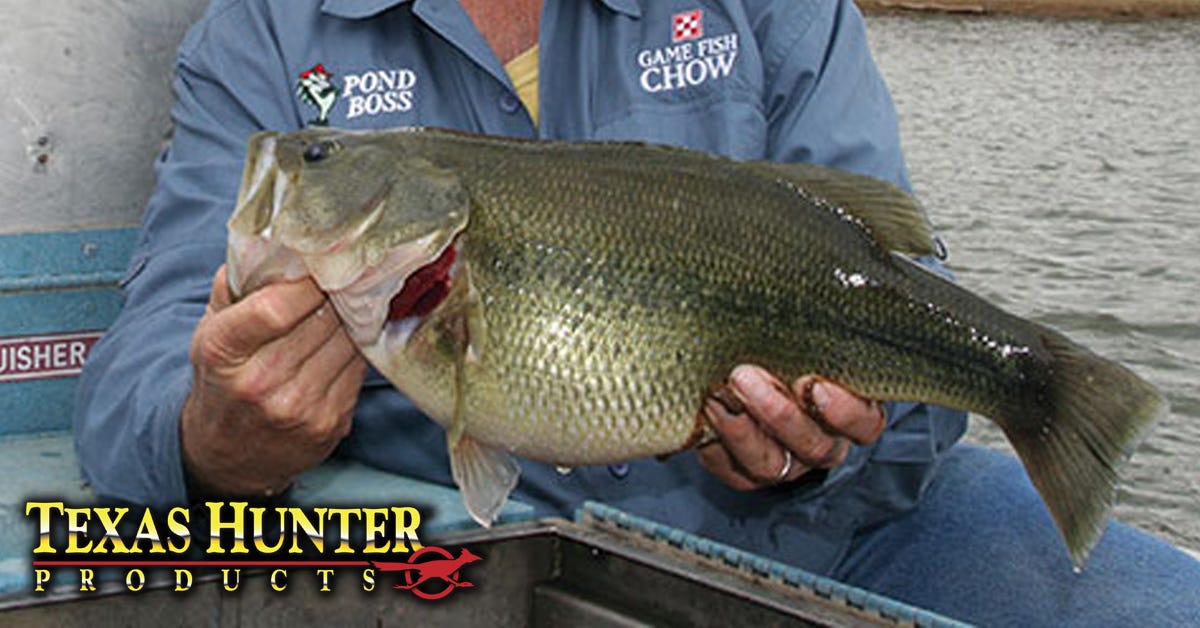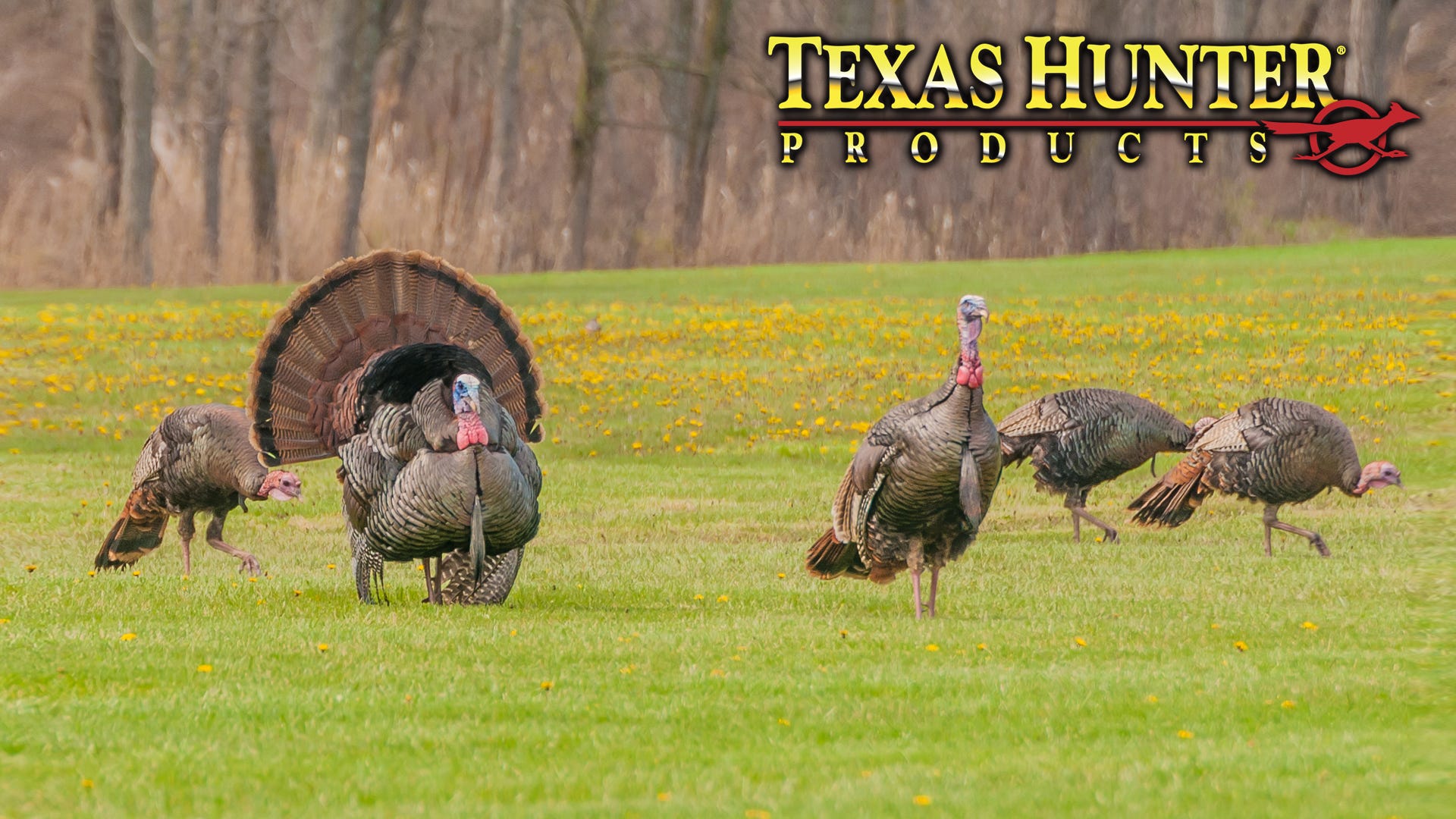- Mar 6, 2020
Winter Bass Fishing on Ponds and Small Lakes
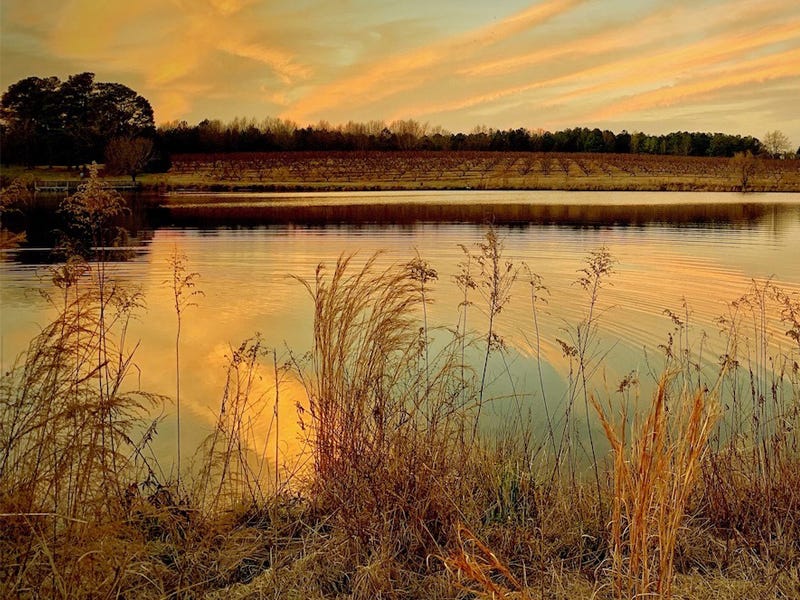
Breaks in winter weather offer evenings like this when the bass remain sluggish but are active enough to take the bait. Photo: Amy Hatfield
Winter Bass Fishing on Ponds and Small Lakes
If you Google, “What do bass eat in winter,” the first things that pop up are jigs. But never mind the fishing, what do they really eat? For some anglers, if they can understand what a fish eats, then selecting lures or flies that mimic these foods becomes more intuitive.
When it comes to what bass eat in winter, the answer depends on how winter is defined. If it’s winter days cold enough to keep the water temperature below 41 degrees, then nothing is your answer. So, it’s true that some regions of the country can check out right now and stop reading. But it’s also true that many areas where bass are plentiful are mild enough that, even in winter, water temperatures creep above that 41-degree threshold. Sometimes there are long stretches where the winter temperature is right for feeding.
When the temps are ripe for eating, largemouth bass prefer fish, crayfish and frogs. Younger bass feed on crust crustaceans, insects, and small fish.
Breaks in Winter Weather Means It’s Time to Head for the Pond
In the South, you might rock along with temps that average highs in the 50s and lows in the 30s during the winter season. Yet, especially in the last two years, the Southeast in particular has experienced warm weather fronts that keep temperatures in the 60s and 70s for highs, while not dipping much below 50-degrees overnight for weeks at a time. These changes in the weather can mean pay dirt for anglers, especially those who fish small bodies of water. This fishing holes can range from a farm pond and smaller state park lakes to your golf club’s water hazards.
When the temperature is right, the question becomes: What air temperature is required, and how many days of optimally mild weather does it take for water temperature to rise? If you ask around and read the forums and angler-related articles online, the answers vary. But warm temperatures for a few days in a row or less can change water temperature dramatically in small fishing holes.
It’s also true that water temperature won’t vary greatly depending on what size pond you’re fishing. Typically, whether you’re on an 11-acre pond or 2-acre pond, most ponds are shallow, and the water warms the same. What’s important is the speed by which these small bodies of water warm. It’s this advantage that motives some anglers to drive by a large lake in favor of a farm pond or golf-course water hazard.
"In midwinter, it usually takes two weeks of air temperatures above 40 degrees to stimulate a bass bite in a big lake, but a small lake can turn on overnight,” says B.A.S.S. Pro Charlie Ingram in an interview with Bassmaster. Ingram lives in Tennessee and is known to fish the state’s reclaimed phosphate pits and state park lakes. “
Ingram also has a two-degrees rule.
“Always fish the warmest water you can find,” he says. “You can often predict a major bass bite on a mini lake by monitoring the water temperature. Two degrees is the magic number — it doesn't matter how cold the lake gets, an increase of 2 degrees in stable weather is all it takes to get baitfish and bluegill moving. When there's a marked forage movement, bass will feed.”
If you're looking for certainties in numbers, some guys have been known to steal the in-ground pool thermometer and take it out to the fresh water they're looking to fish. But you can buy a thermometer made for this purpose for less than $20.
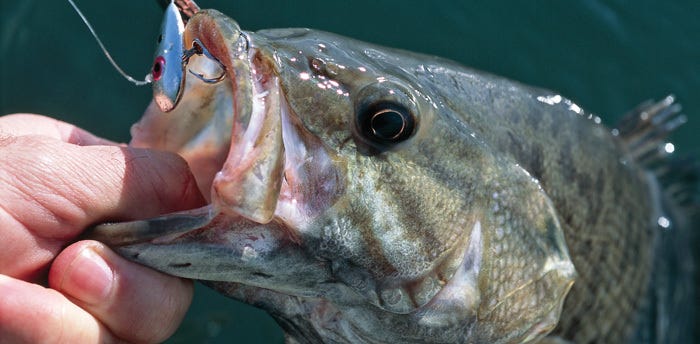
When bass go deep in winter, heavy metal — spoons, blades and tailspinners — can out produce other lure styles ten-to-one. Photo: Don Wirth
Lures for Winter Bass Fishing
Jigs
Bass Pro Shops asked angler and outdoor writer Don Wirth to offer his recommendations for winter bass fishing, and several jigs made his list. First, the jig and pig. It’s a top choice for those looking to land a big bass. Like most all lures in winter, you’ll want to fish it slow. Typically, a head jig with a trailing pork rind or plastic imitating a crawfish, is a good bet, especially when the water is muddy.
Bass Pro Ron Shuffield likes to use a split-tail pork frog. “It’s a near-perfect crawfish mimic,” he says in Wirth’s article. “The heavy jighead bumps through submerged brushpiles and over logs with ease, and the jig's rubber skirt and tails of the trailer flare out like the arms and pinchers of a live craw.”
A jighead is made for deep-water fishing during breaks in winter weather when the water temps are rising, but the bass remain sluggish.
Hair Jig
Or bucktail, is another jig that made Wirth’s list for winter bass fishing. These guys mimic a crawfish or minnow. Fish the bucktail deep and use it as a go-to for fishing structures. Let it drop, then pop it and wait for bass to take it on the fall.
Spoons, Blades, Tailspinners
When bass go deep in winter, heavy metal will out produce other lure styles ten-to-one. Consider using a blade bait. These guys are weighted at the belly and head, and they’re compact enough to match the small baitfish bass feed on in 40-plus degree winter water.
Remember bass don’t feed if they’re in water colder than 40 degrees. And when the temperatures warm, they’re still sluggish. As such, bass choose tiny food sources like blades and tailspinners. Then there's spoons, which also qualify as a small food choice for a bass experiencing the winter feeing doldrums.
Jigging spoons work well for winter bass, especially if bass are really deep. A critical tip when working the spoon: don’t just jig it a few times, keep working the fish slowly.
Fish feeders from Texas Hunter Products are a reliable and affordable choice for growing bigger fish and supporting your pond's ecosystem all year long. Browse our automatic pond fish feeders today to find the perfect model for you.
Content courtesy of Amy Hatfield, Grandview Outdoors


